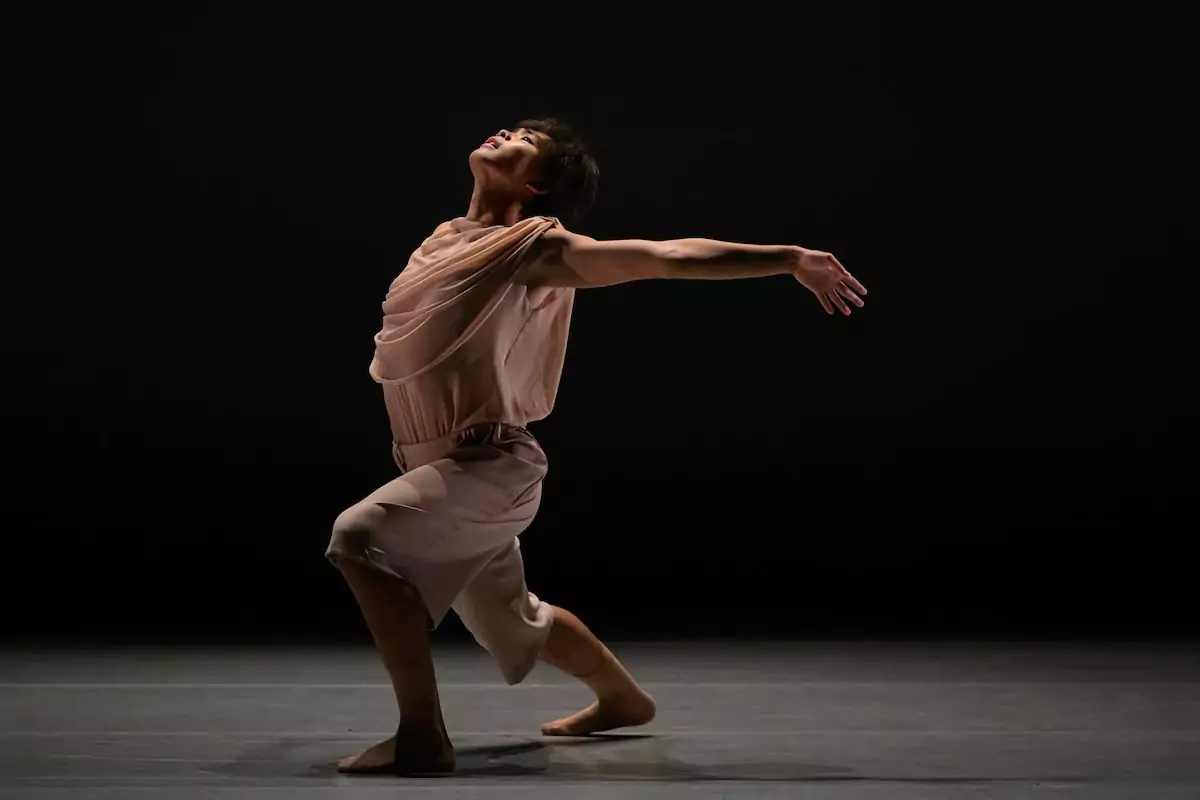The 2025–2026 season of Les Ballets de Monte-Carlo steers away from spectacle for spectacle’s sake, instead offering a measured mix of introspection, innovation and homage. With a series of world premieres, quiet commemorations, and works that blur the lines between tradition and disruption, this year’s programme invites audiences to watch a company reflecting on its legacy while shaping its next chapter.
Opening in October at the Salle Garnier, the season begins with a double bill that signals the tone for what follows: See You, a new creation by Paul Lightfoot, paired with William Forsythe’s Herman Schmerman, a piece whose fractured structure and ironic wit still feel unsettlingly current. If there’s a message here, it might be that dance can still ask questions rather than deliver answers.
By December, Jean-Christophe Maillot returns with Ma Bayadère, a full-length creation that revisits and rewires a 19th-century ballet best known for its exoticism and ghosts. Maillot’s version, premiering at the Grimaldi Forum with the Monte-Carlo Philharmonic Orchestra, suggests a more personal exploration of legacy — not just of the ballet itself, but of Maillot’s long tenure at the helm of the company.
legacy without nostalgia
The company turns 40 next year, but rather than staging a grand retrospective, the anniversary will be marked by a surprise Gala Evening in July 2026 — its contents withheld, perhaps deliberately. It’s a quiet nod to continuity over celebration, a choice that mirrors the company’s reluctance to dwell on the past even as it honours it.
That same ethos runs through Miniatures, a series of short premieres set for April. Choreographers including Francesco Nappa, Mimoza Koike and Aurélien Dumont contribute to a mosaic of pieces that suggest not a unified vision, but rather a cross-section of styles, voices, and possibilities.
the institution behind the art
The Académie Princesse Grace, a core pillar in Monaco’s dance ecosystem, marks its 50th anniversary this December with a programme that includes a gala in June. There’s ceremony, of course, but also something looser — the students will dance alongside live musicians, including Italian folk artist Antonio Castrignanò, giving the evening a more lived-in quality than a traditional showcase.
Meanwhile, Monaco Dance Forum remains the Principality’s most outward-looking platform. Highlights this season include Éric Oberdorff’s Waku Doki, and the Paris Opera Ballet’s La Dame aux Camélias, which closes the season in July under the direction of John Neumeier — one of ballet’s great storytellers of emotional restraint.
dancing elsewhere, watching at home
Les Ballets de Monte-Carlo will also tour widely — Venice, Madrid, Seoul, Riga — with Cendrillon, Roméo et Juliette, LAC, and Ma Bayadère making their way to international stages. Back in Monaco, audiences will be offered glimpses behind the curtain through public workshops, late-night performances at the Atelier, and a film screening (La Danseuse) that will no doubt resonate with those thinking about the sacrifices behind the scenes.
This season isn’t an explosion of colour or an anniversary soaked in nostalgia. Instead, it’s the kind of programming that favours a deeper connection: between artist and audience, between what ballet was and what it might still become.
Stay updated with Monaco Life: sign up for our free newsletter, catch our podcast on Spotify, and follow us across Facebook, Instagram, LinkedIn, and Tik Tok.
Photo source: Les Ballets de Monte-Carlo
